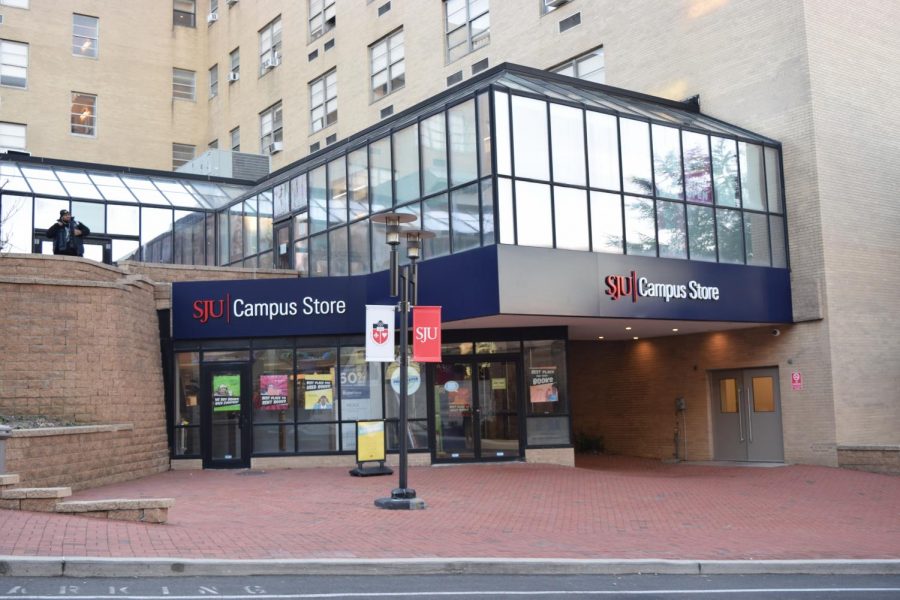Amidst the red sea of St. John’s apparel filling up our bookstore, there’s one brand that stands apart: Alta Gracia. Based in the Dominican Republic, Alta Gracia is the only apparel company in the developing world that is independently certified in paying a living wage. This living wage, or “salario digno,” is over triple the minimum wage in DR and enables workers to make ends meet. Moreover, the company collaborates with a union to ensure a safe, humane working environment. Given the rock bottom wages and appalling conditions that predominate the rest of the garment industry, Alta Gracia’s code of ethics places the company in a class virtually all by itself.
Here at St. John’s, we’ve hosted live web conversations with Alta Gracia workers for the past two years. During these conversations, workers related how their lives have been transformed thanks to Alta Gracia and students learned how their consumer choices carry a real impact. Hanoi Sosa – the translator for the events and a union activist throughout Latin America – has encouraged the St. John’s community to work with our bookstore and administrators to increase the number of Alta Gracia products available. Additionally, toward the end of our most recent web conversation this past spring, he invited anyone interested to visit Alta Gracia. With Easter break approaching, I decided to take Hanoi up on his invitation and was soon on my way to DR.
Hanoi acted as my personal guide, driving me from Santo Domingo to the factory. As we pulled up to the building, draped with Alta Gracia’s “Life Changing Apparel” banner, I could make out the sounds of bachata music drifting from the factory. Sporting my dark gray Alta Gracia St. John’s tee, I was eager to go inside and meet the people who made the shirt on my back. Union representative Eduardo Cabrera gave us a tour, introducing us to workers and explaining the various cutting and sewing steps that go into completing a shirt.
As we continued moving through the work stations, I noted how the general atmosphere was filled with efficiency and had comfortable, positive vibes. Some workers had affixed small “Jesus Senor de Alta Gracia” (“Lord Jesus of Alta Gracia”) signs to their tables, giving a powerful, spiritual dimension to the work that happens there. Based on my brief but educational tour, I definitely saw evidence of a safe and healthy workplace and the right of workers to be treated with dignity and respect on the job. But perhaps the most moving part of my visit came after we left the factory. Two employees, Clary Santana and Maria Flores, traveled into town with us to show how their work at Alta Gracia has impacted their lives. Our first stop was a laundry business that Santana opened with her husband, thanks to her living wage. Just like the factory, her laundry site was abuzz with activity – and extra money for Santana’s family. From there, we drove into a residential neighborhood, where we visited the house Maria bought for her family with her Alta Gracia earnings. Both women were brimming with pride and gratitude for their accomplishments.
Thinking back on my trip, I am reminded of St. John’s mission “to search out the causes of poverty and social injustice and to encourage solutions that are adaptable, effective, and concrete,” so the fact that our bookstore carries a variety of Alta Gracia shirts is a perfect fit. Moving forward, my hope is that students, staff, and faculty will press for even more Alta Gracia products, as well as prominent signage that educates shoppers about the ethics of the company. Additionally, I would love to see a book about Alta Gracia entitled “Sewing Hope: How One Factory Challenges the Apparel Industry’s Sweatshops” integrated into relevant courses. Ultimately, I am confident that Alta Gracia can get our community thinking deeply about the producers of the world and the ethical implications of our consumer dollar.








